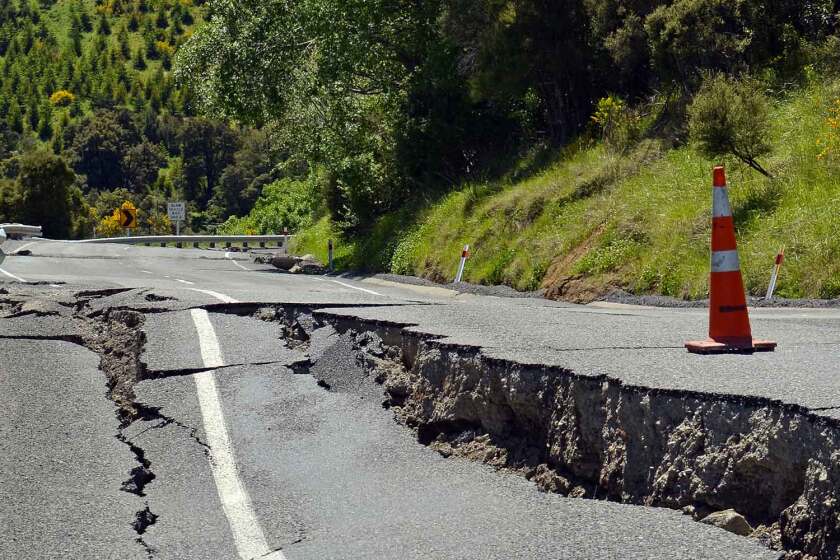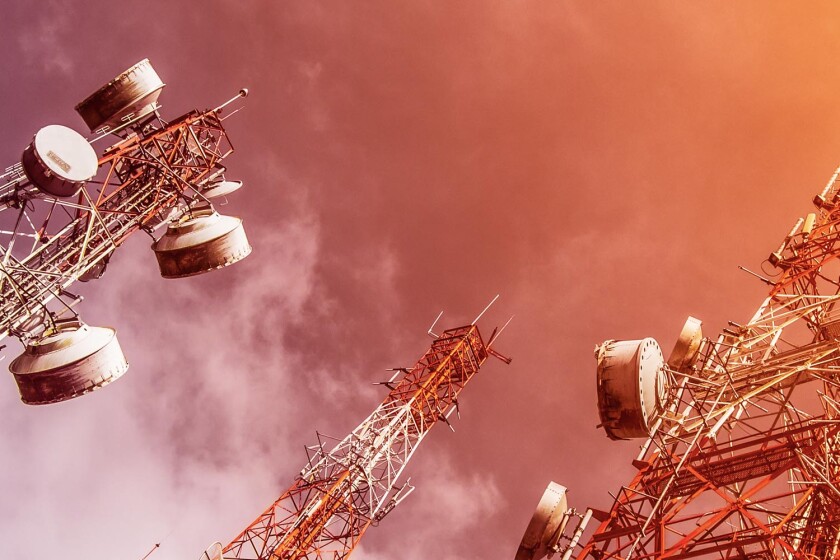Vodafone has today announced it is introducing eSIMs into its 2020 device and wearable roadmap, and is calling for registrations of interest from customers.
Vodafone Technology Director, Tony Baird, said that the arrival of the fifth generation mobile network is expected to usher in a new wave of dual-SIM devices and wearables over the next few years.
“Now that 5G is live in New Zealand, as well as more than 20 countries around the world, manufacturers are starting to develop the next generation of devices and wearables to leverage the 5G benefits of speed, capacity and lower latency.
“Already we have seen these trends in other markets, with 5G helping drive the transition of wearables and dual-SIM devices from the early adopter to mainstream consumer. We expect to see significant advances in device capabilities as manufacturers embrace 5G over the next 6-12 months.
“While there is eSIM capability and features in the 4G environment, which will be supported when we begin rolling out eSIMs this year, we strongly believe 5G will bring to life the true potential of wearables and dual-SIM devices, so we are focusing on supporting the technology of the future.
“We will have eSIM functionality available for our customers on Postpay plans by mid-2020 onwards as more cellular-enabled wearables and dual-SIM devices become available.”
eSIM means 'electronic' SIM and is a SIM card that’s embedded into your mobile device, instead of being a separate card that you swap in and out. On more advanced eSIM-capable devices, people have greater flexibility to manage their connections and use advanced features such as dual SIM capability.
“We believe eSIM will be particularly popular with business travellers, people who have a work and personal number, and wearable users. Another example where eSIM functionality could be useful is when seamless network access across different geographic locations is needed, in sectors such as fisheries.
“We expect to see a massive growth in cellular-enabled devices over the coming years, bringing to life the Internet of Things. The combination of 5G and eSIM will help deliver smarter machine-to-machine performance, as more sensors will have cellular data, helping to enable greater automation. Smarter sensors also means more data stored in the cloud.”
To register your interest in eSIMs, go to www.vodafone.co.nz/mobile/eSIM/




